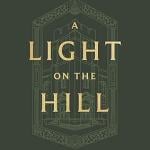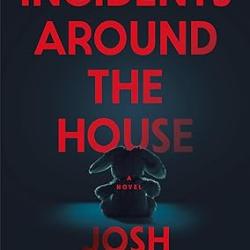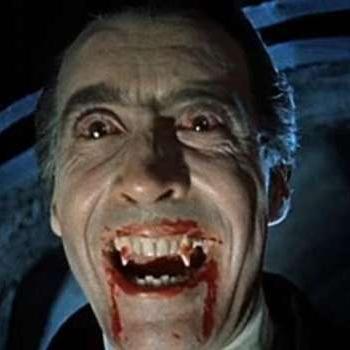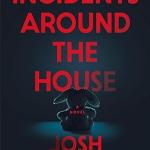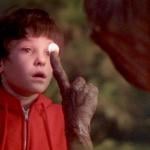This is the second part of a series on horror’s cultural moment
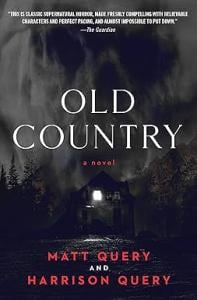
As we continue to think about the rise of horror on the big screen this year (helped along by the non-big screen book Old Country), we can see that one easy cause for horror’s rise is that it is cheap relative to other genres. A few actors, some special effects (mostly practical rather than digital) and you’ve got yourself a movie.
As just a quick couple of examples: The Conjuring (2013) cost about $20 million to make, while Beautiful Creatures (2013–reviewed here) cost $60 million and Iron Man 3 (2013) cost $200 million. In other words, if you want to make a movie in Hollywood on the cheap, horror is the way to go about it. (I know, I know, in what world is $20 million “cheap”? But it’s California cheap…)
Or, imagine the book Old Country were to be turned into a movie. What would it take? A cast of six (the husband/wife protagonists Harry and Sasha, the elderly locals Dan and Lucy, the stereotypical wise old Indian, and someone to play the spirit in its various incarnations), a rural (read: cheap) location, and a modest special effects budget. Assuming a reasonably-sized crew, the budget for a film like this could easily be $20 million (and that’s over a decade since The Conjuring), maybe even less if the producer is willing to pinch pennies.
In other words, horror is cheap. And as more and more big budget films fail to make a profit, production companies are going to need a shot of cash, and horror films and a quick way to get that money injection.
So expect to see even more of this as the next couple of years roll by, especially (but not only) because they are lost cost investments by Hollywood.
Dr. Coyle Neal is co-host of the City of Man Podcast an Amazon Associate (which is linked in this blog), and an Associate Professor of Political Science at Southwest Baptist University in Bolivar, MO


